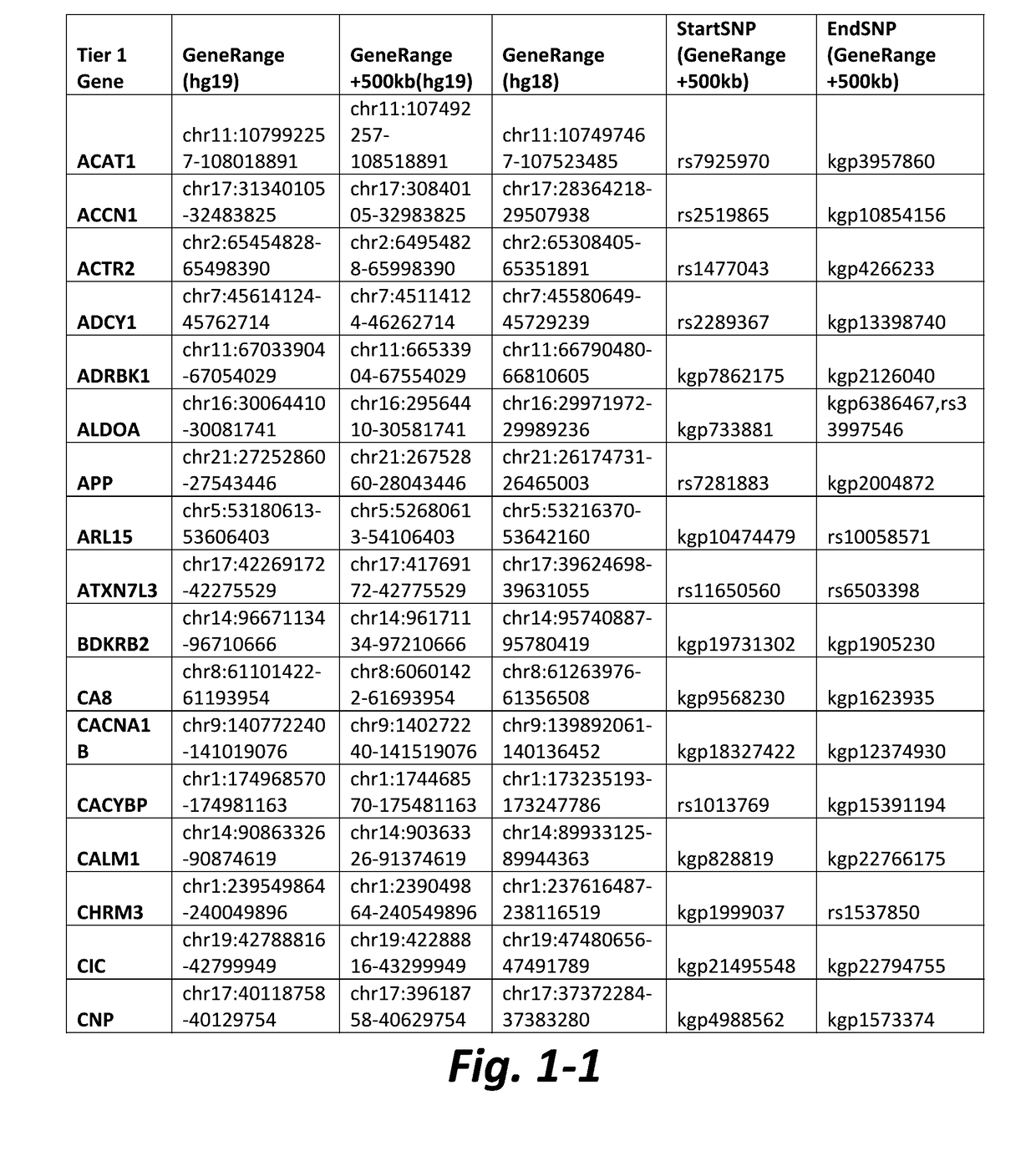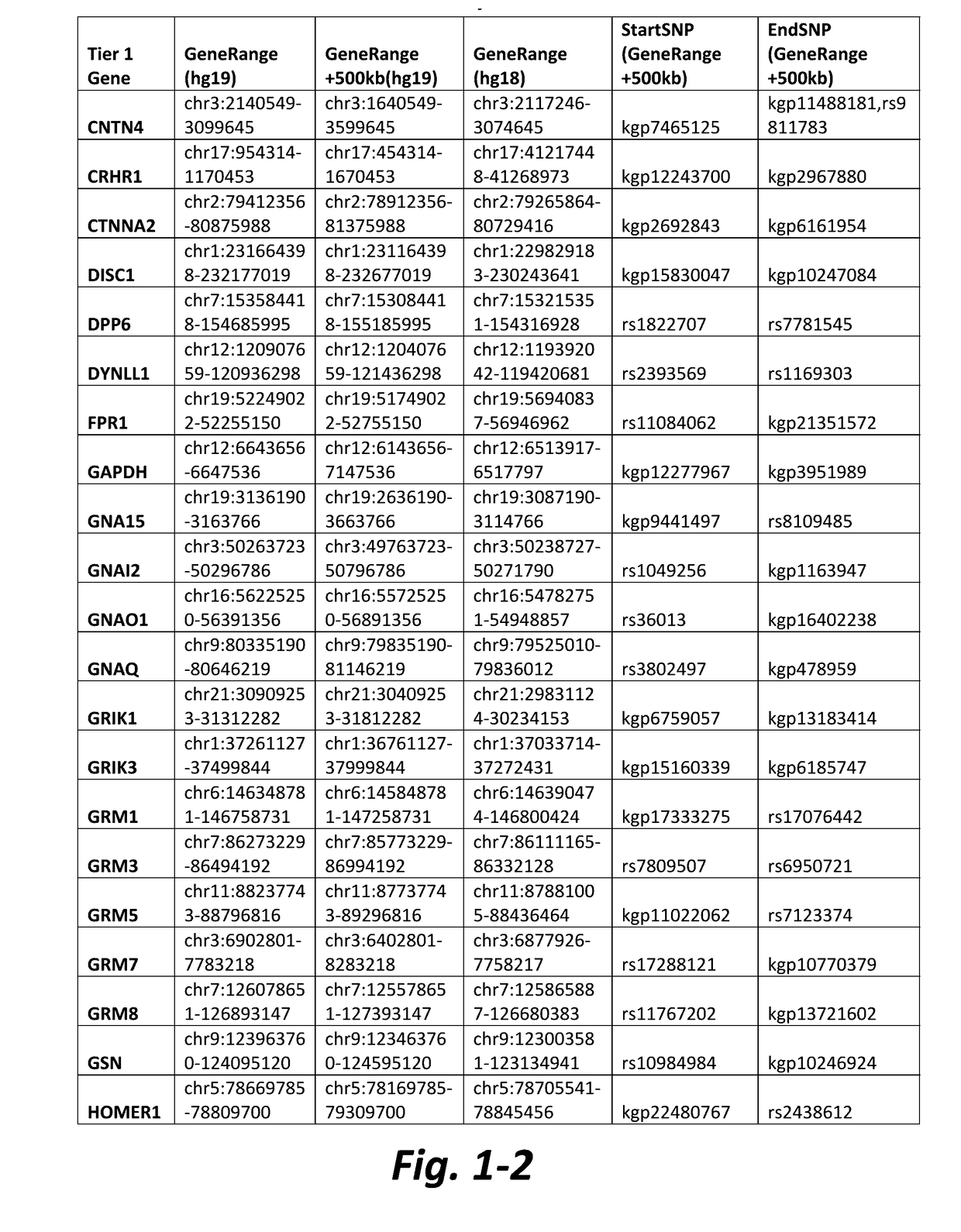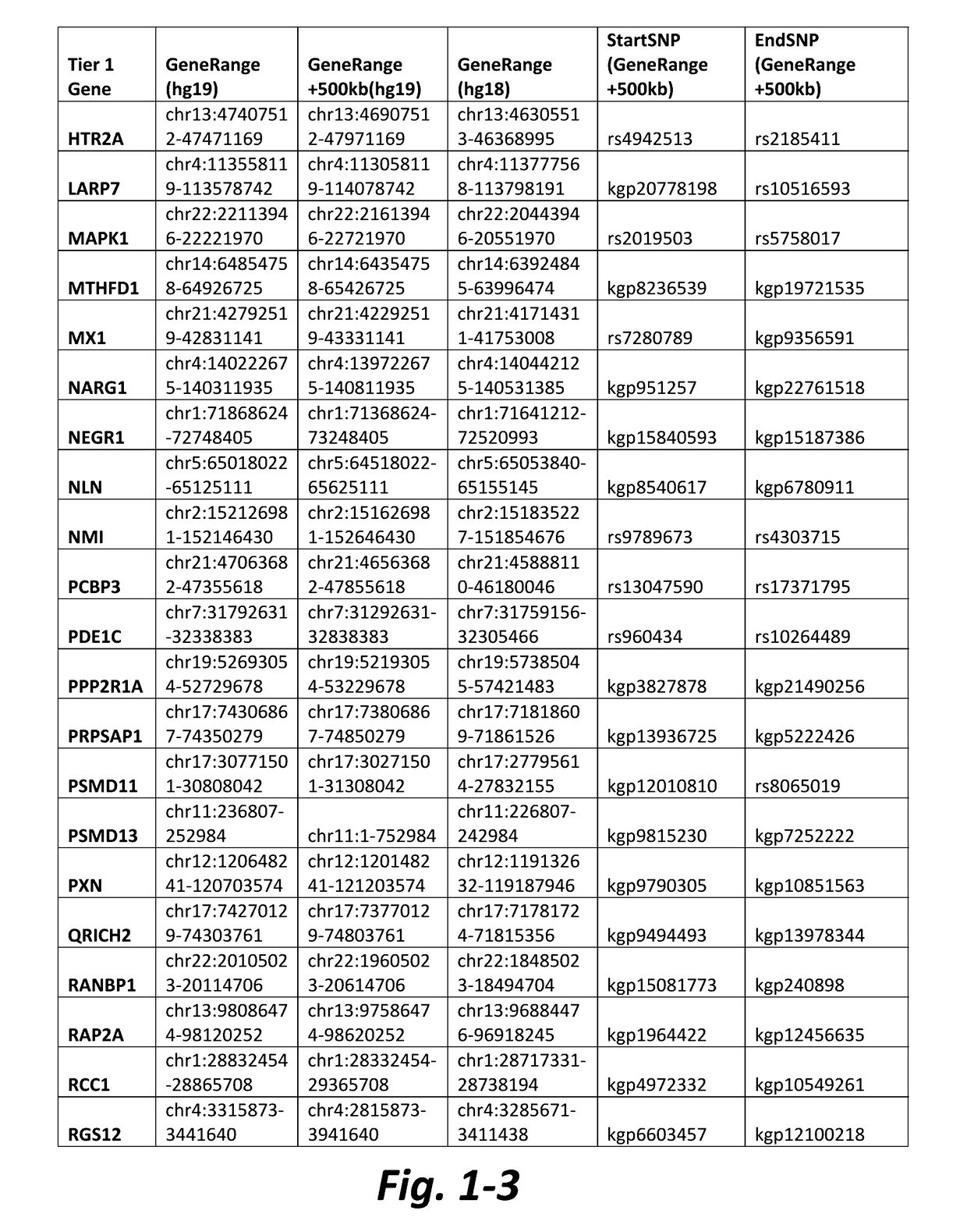Nonselective metabotropic glutamate receptor activators for treatment of attention deficit disorder and 22q syndrome
a technology of metabotropic glutamate receptor and activator, which is applied in the field of treating attention deficit hyperactivity disorder (adhd) and 22q syndrome, can solve the problems of short half-life of activity, unsatisfactory current medications, and stimulants that are often misused and abused by qualifying and non-qualifying patients alike, so as to reduce the symptoms of argumentativeness and defiance, reduce the symptoms, and reduce the effect of anxiety symptoms
- Summary
- Abstract
- Description
- Claims
- Application Information
AI Technical Summary
Benefits of technology
Problems solved by technology
Method used
Image
Examples
example 1
of ADHD Patients with CNVs in mGluR Network Genes with NFC-1 (Fasoracetam Monohydrate)
[0137]An open-label Phase Ib clinical trial was initiated to investigate the safety, pharmacokinetics and efficacy of NFC-1 (fasoracetam monohydrate) in adolescent subjects between the ages of 12 and 17 previously diagnosed with ADHD who also had at least one genetic alteration in an mGluR network gene.
[0138]The study included 30 subjects who were between ages 12 and 17, of any ancestry or race, and of weight within the 5th to 95th percentile for their age, and otherwise judged to be in good medical health. The subjects suffered from ADHD as defined by the Diagnostic and Statistical Manual of Mental Disorders, 5th Ed (DSM-5) and a Vanderbilt ADHD score of greater than or equal to 16 (as determined by parent or teacher) at baseline either with or without conventional ADHD therapy. Subjects were genotyped and included in the trial if they possess at least one genetic alteration in the form of at leas...
example 2
tudy of Treatment of ADHD Patients with CNVs in mGluR Network Genes with NFC-1 (Fasoracetam Monohydrate)
[0183]A randomized, double-blind, placebo-controlled, parallel-group phase 2 study of ADHD subjects 12-17 years old is conducted to compare the safety and efficacy of NFC-1 with that of placebo. Approximately 90 male and female subjects will receive randomized treatment with NFC-1 or placebo to obtain 80 subjects that complete the study as planned. Subjects have ADHD as defined by the Diagnostic and Statistical Manual of Mental Disorders, 5th edition (DSM-5) and Version 5 of the Attention Deficit Hyperactivity Disorder Rating Scale (ADHD RS-5)>28 at Baseline with or without conventional ADHD therapy. About 45 subjects will be in each treatment group.
[0184]Subjects will be randomly assigned to receive either NFC-1 or placebo on Day −1 and will start taking the product at a dose of 100 mg twice daily on Day 1. Dosing will be optimized to 100 mg, 200 mg, or 400 mg twice daily, as app...
example 3
, Double-Blind, Placebo-Controlled, Randomized Withdrawal Study of NFC-1 (Fasoracetam Monohydrate) in Subjects with 22q11.2 Deletion Syndrome
[0185]A 12-week Phase I trial will be conducted to assess safety and tolerability of twice-daily oral doses of NFC-1 in subjects 12-17 years with 22q11.2 deletion syndrome (22q11DS) with concomitant neuropsychiatric disease: ADHD and / or autism spectrum disorder (ASD). Five weeks of open-label dose optimization will be followed by 7 weeks of double-blind, placebo-controlled, randomized withdrawal assessment in subjects 12-17 years old. About 40 subjects will be initiated, dose optimized, and maintained on NFC-1 over a period of 5 weeks.
[0186]Doses will be administered orally twice daily and will be optimized to 50. 100, 200 or 400 mg twice daily as appropriate over the initial 5 weeks. Response to treatment is defined as achieving significant improvement in symptoms as indicated by a CGI-I score of <3 and a CGI-S score of <4 after 5 weeks of dos...
PUM
| Property | Measurement | Unit |
|---|---|---|
| time | aaaaa | aaaaa |
| movement disorder | aaaaa | aaaaa |
| deficit hyperactivity disorder | aaaaa | aaaaa |
Abstract
Description
Claims
Application Information
 Login to View More
Login to View More - R&D
- Intellectual Property
- Life Sciences
- Materials
- Tech Scout
- Unparalleled Data Quality
- Higher Quality Content
- 60% Fewer Hallucinations
Browse by: Latest US Patents, China's latest patents, Technical Efficacy Thesaurus, Application Domain, Technology Topic, Popular Technical Reports.
© 2025 PatSnap. All rights reserved.Legal|Privacy policy|Modern Slavery Act Transparency Statement|Sitemap|About US| Contact US: help@patsnap.com



